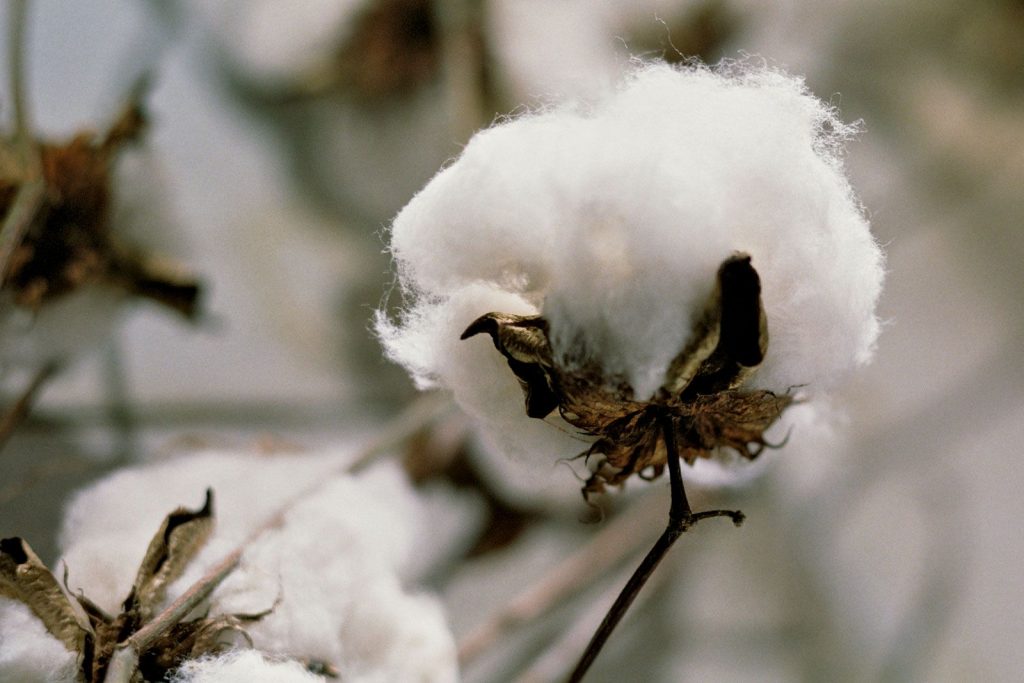The Evolution of Clothing Materials: Why Cotton is No Longer King
2 min read
Clothing is an essential part of our daily lives, providing protection, comfort, and style. For centuries, cotton has been the go-to material for clothing due to its breathability, softness, and versatility. However, in recent years, there has been a shift away from cotton as the primary choice for clothing materials. In this article, we will explore the reasons behind this shift and delve into the alternatives that have gained popularity in the fashion industry.
- Environmental Impact:
One of the key factors driving the move away from cotton is its significant environmental impact. Cotton production requires vast amounts of water, pesticides, and fertilizers, contributing to water scarcity and soil degradation. Additionally, the cotton industry is known for its heavy use of chemicals, which can have detrimental effects on both human health and the environment. As consumers become more conscious of sustainability, they are seeking alternatives to cotton that have a lower ecological footprint. - Performance Fabrics:
Advancements in textile technology have led to the development of performance fabrics that offer superior functionality and durability compared to cotton. These fabrics are designed to enhance performance in specific activities, such as sports or outdoor adventures. For example, moisture-wicking fabrics like polyester and nylon are now widely used in activewear, as they draw sweat away from the body, keeping the wearer dry and comfortable. Similarly, fabrics with UV protection properties have gained popularity for outdoor clothing, providing an added layer of defense against harmful sun rays. - Synthetic Fibers:
Synthetic fibers, such as polyester and acrylic, have become increasingly prevalent in the fashion industry. These fibers offer several advantages over cotton, including wrinkle resistance, quick drying, and color retention. Additionally, synthetic fibers are often more affordable than natural materials, making them a popular choice for mass-produced clothing. However, it is important to note that the production of synthetic fibers also has environmental drawbacks, as they are derived from non-renewable resources and can contribute to microplastic pollution. - Sustainable Alternatives:
In response to the environmental concerns associated with cotton and synthetic fibers, the fashion industry has been exploring sustainable alternatives. One such alternative is the use of organic cotton, which is grown without the use of harmful chemicals and pesticides. Another emerging trend is the utilization of plant-based fibers like bamboo and hemp, which require less water and chemicals to grow. Additionally, innovative materials like Tencel, made from sustainably sourced wood pulp, offer a soft and eco-friendly option for clothing.
Conclusion:
While cotton has long been the dominant material in the fashion industry, its reign is being challenged by a variety of factors. The environmental impact of cotton production, coupled with advancements in performance fabrics and the rise of sustainable alternatives, has led to a shift away from cotton in clothing manufacturing. As consumers become more conscious of the materials used in their clothing, it is likely that the fashion industry will continue to explore and embrace new, innovative options that prioritize both style and sustainability.
